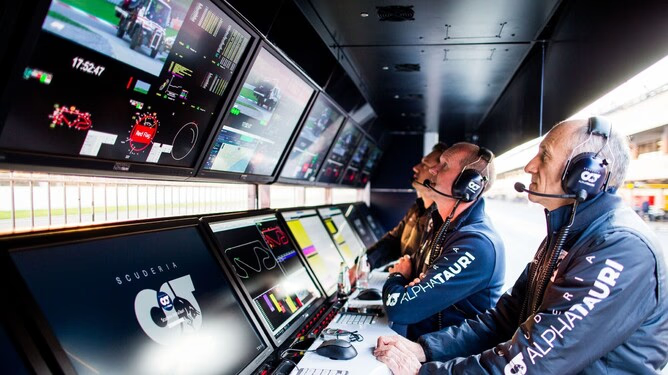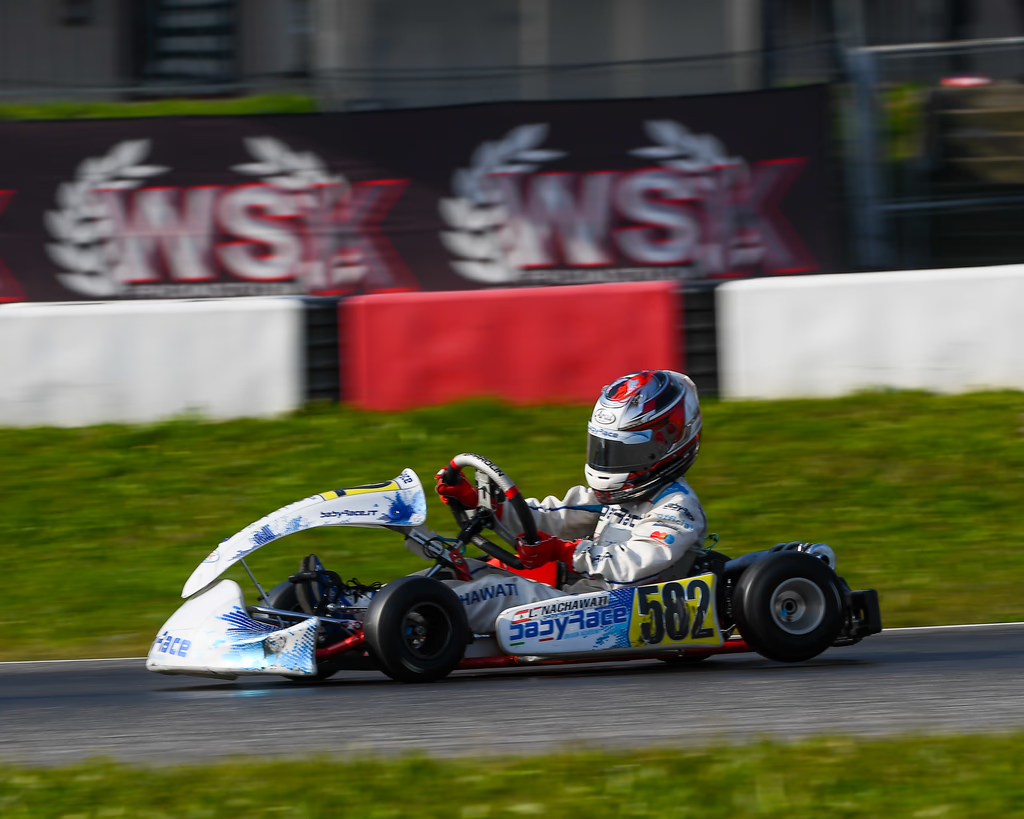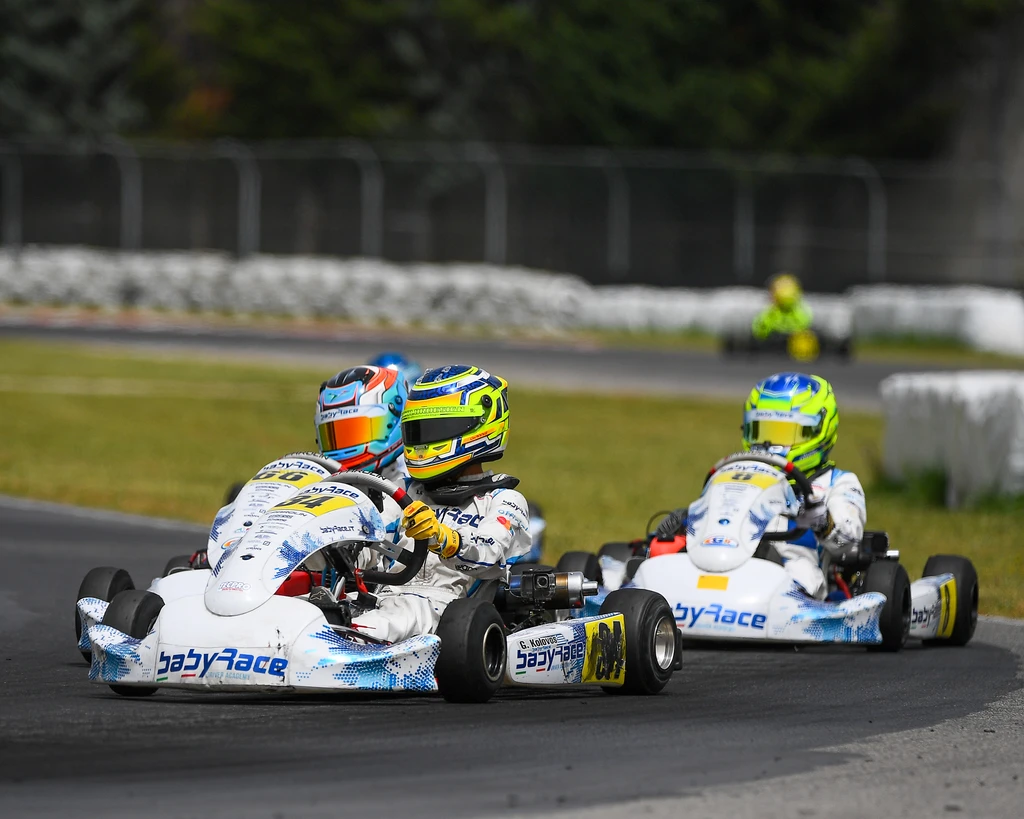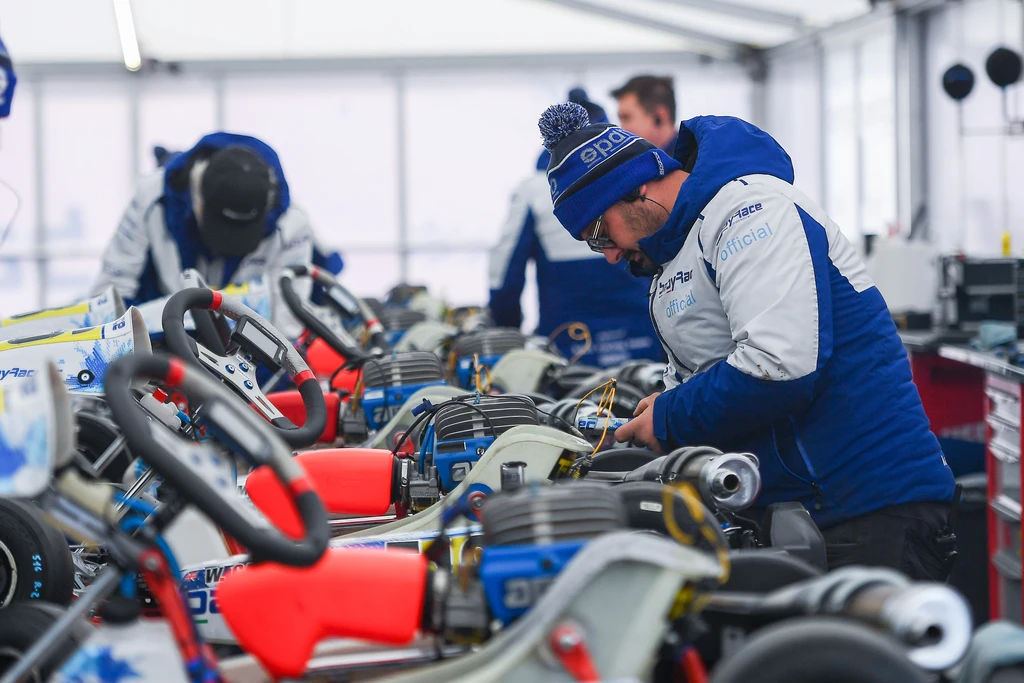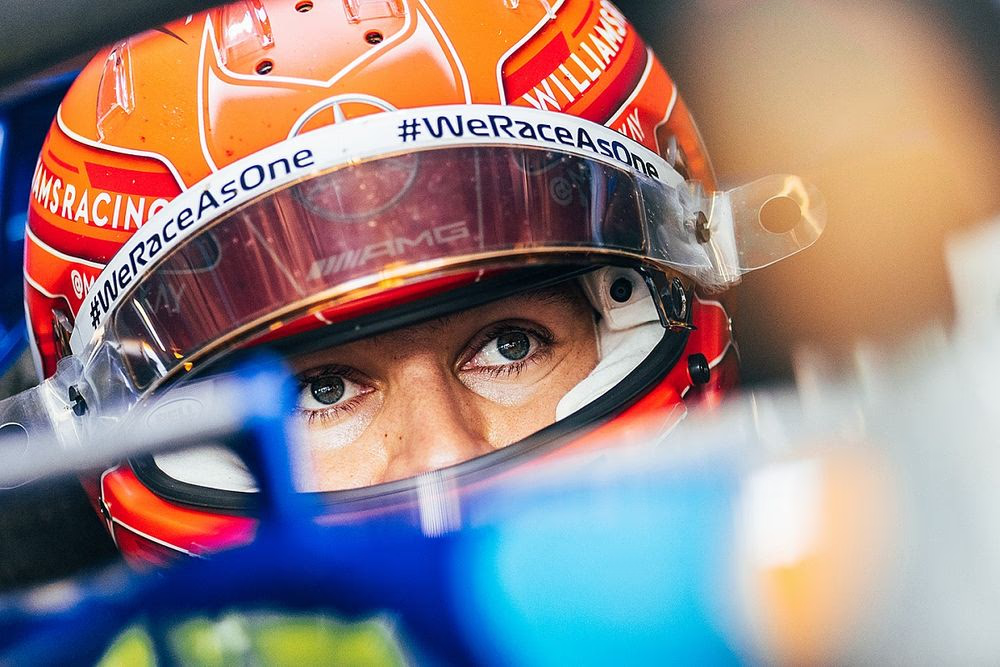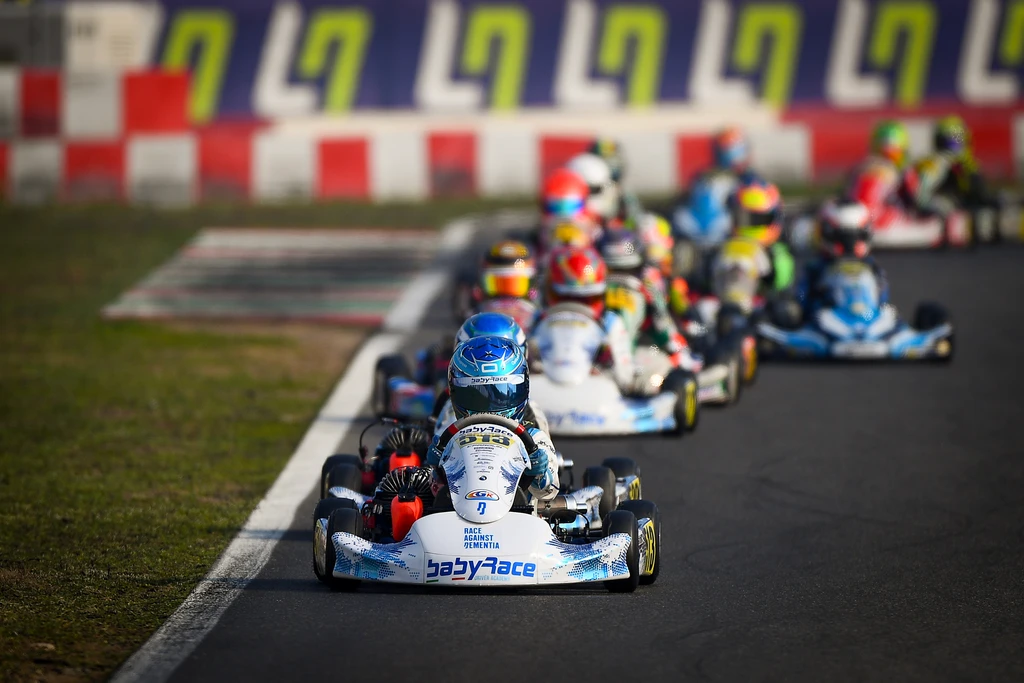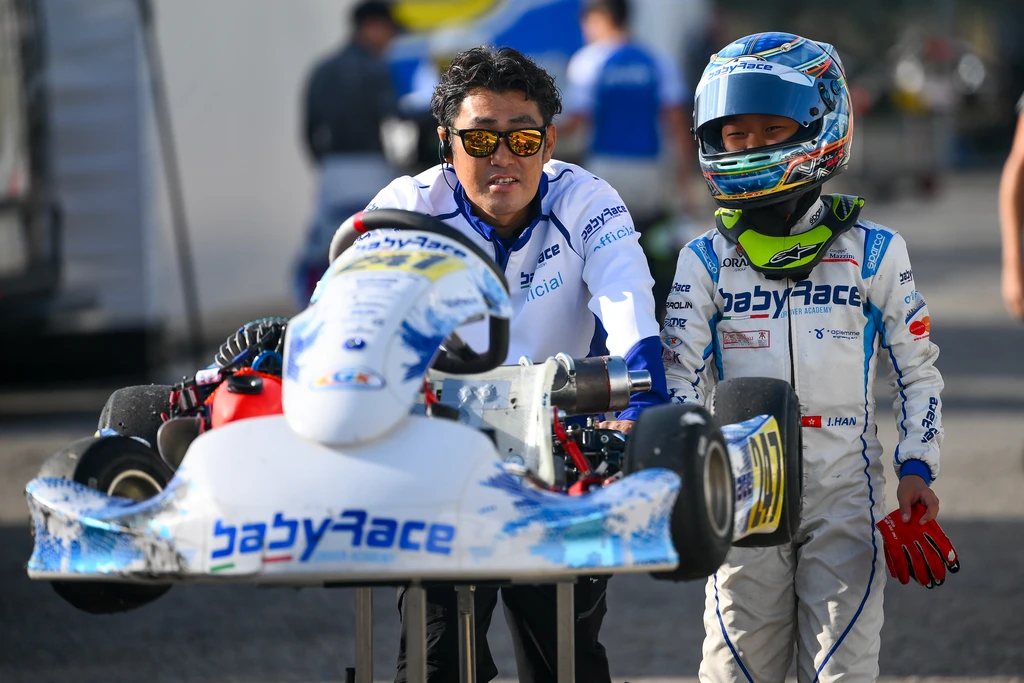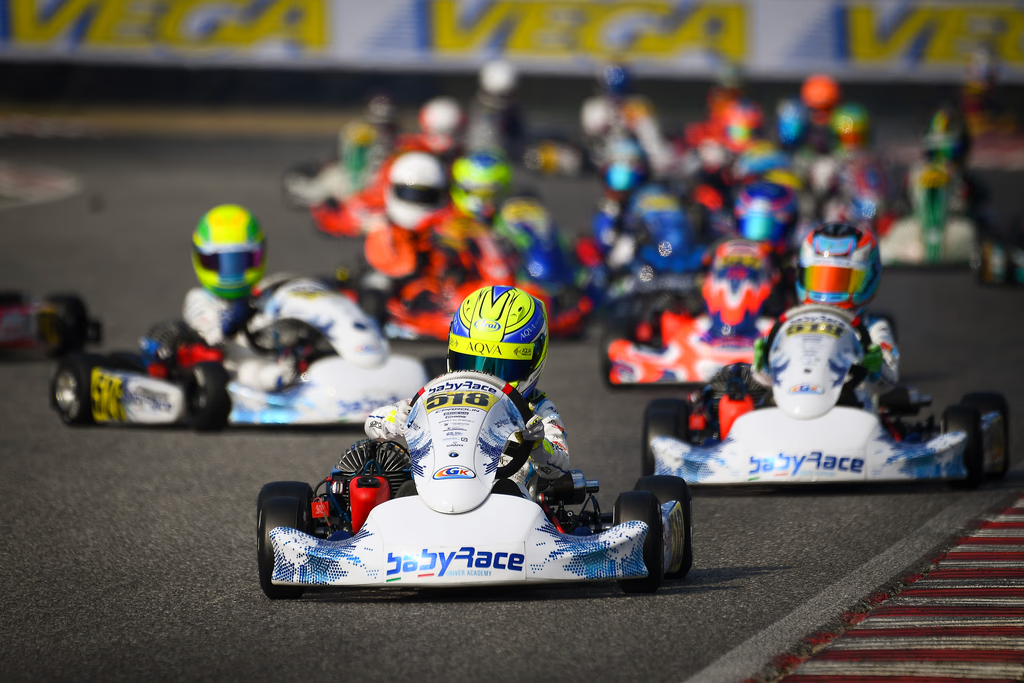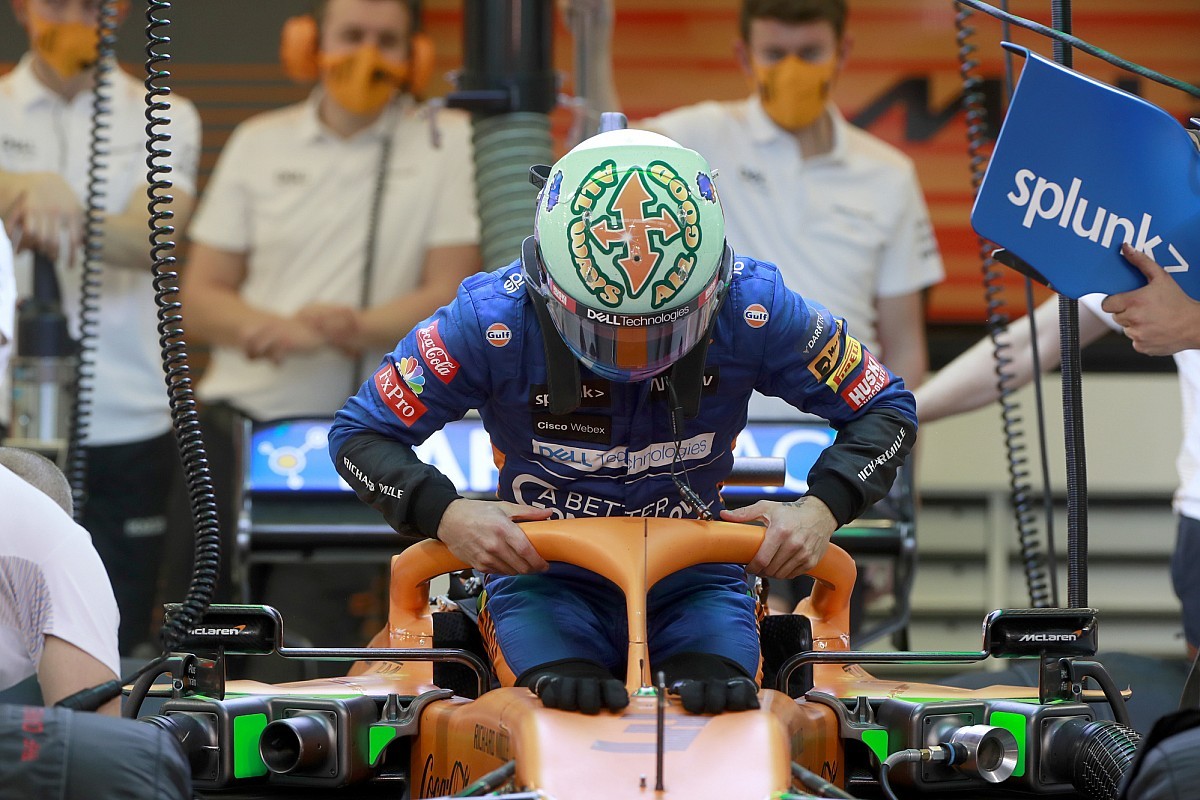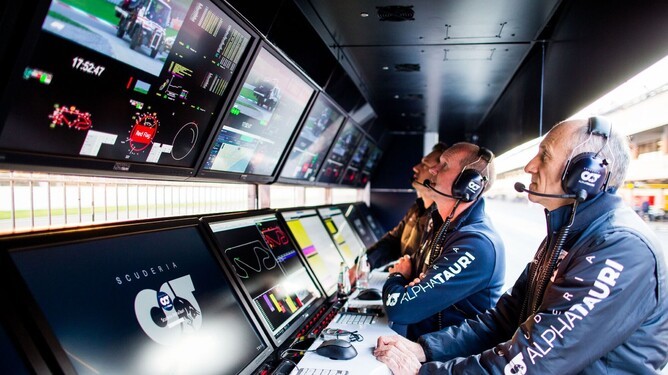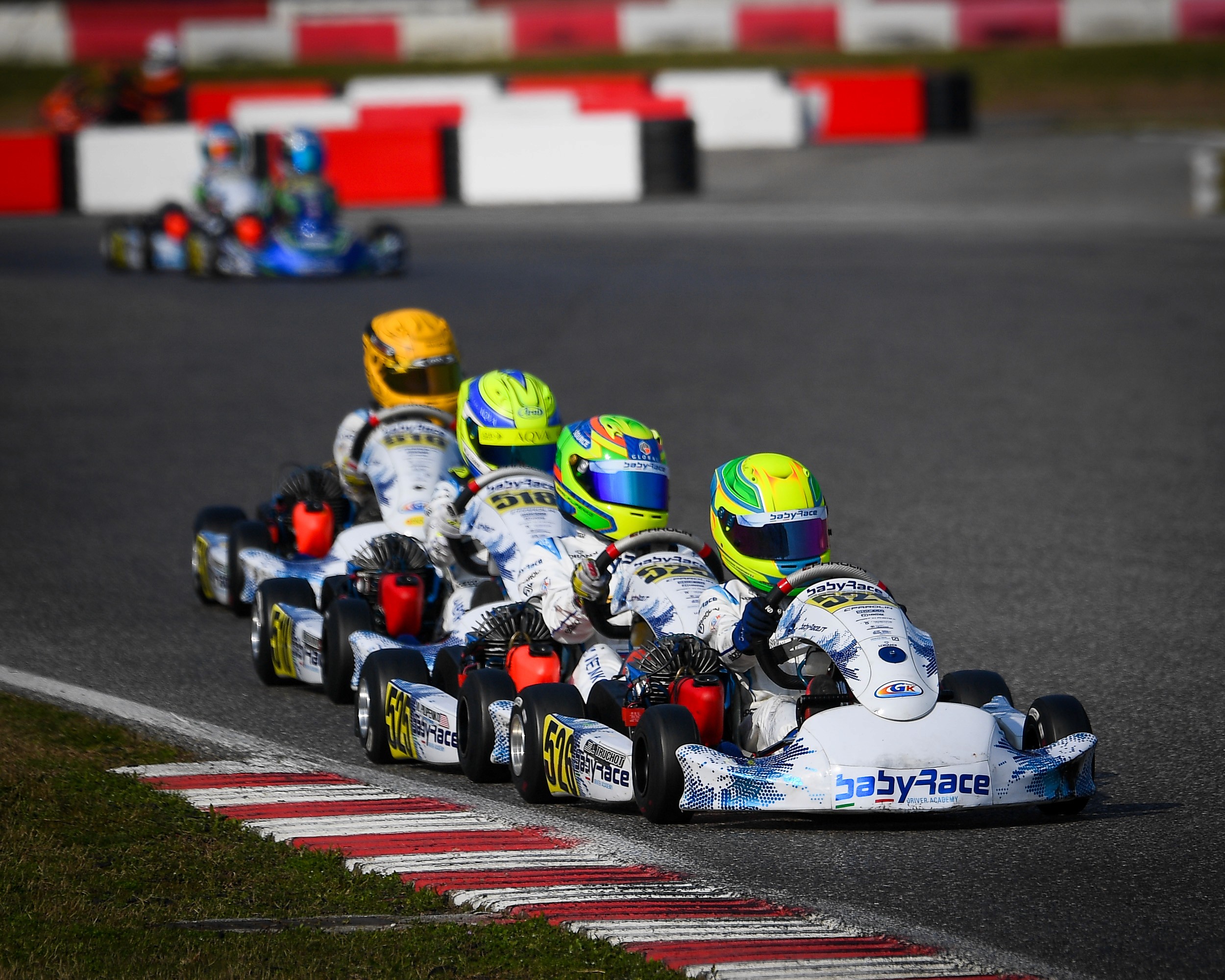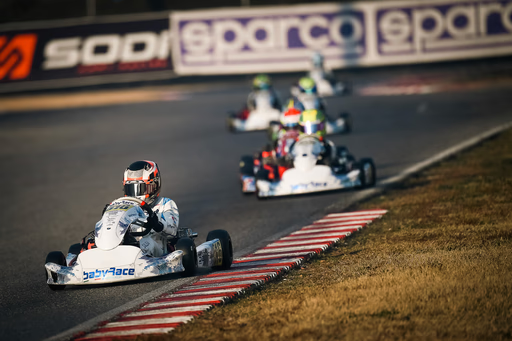Alright, let’s break down how to get fast with indoor karts.
They might not have the same speed or grip as outdoor karts, but they’re still super fun — and if you know how to drive them well, you can be seriously quick.

How Fast Do Indoor Karts Go?
Indoor adult karts usually top out around 40 mph, while the junior ones go up to about 25 mph.
But of course, it depends on the track and the length of the straights.
If you’ve got a long straight or a downhill section, you might hit those top speeds more easily.
But remember, it’s not just about top speed — it’s about how you drive.
Want to Be Fast Indoors? Here’s What Matters Most
1. Don’t Slide — Ever
Yeah, I know sliding looks cool… but trust me, it’s slow.
Every time you slide, you’re losing grip and precious lap time.
A small slide can cost you a tenth to half a second — and that adds up fast over a session.
Stay clean, keep the kart planted, and focus on carrying speed.
2. Hit the Apex — Like, Perfectly
You gotta kiss that apex, man.
The biggest difference between a fast driver and a slower one on Indoors? The line.
You want to be brushing every single apex — entry, mid-corner, exit. Like, really kiss the curb. Not hit it, but just skim it. That’s how you minimize the distance and carry max speed.
Miss the apex by even a couple of feet, and you’re adding distance… which means you’re slower, even if your speed feels okay.
3. Build Tire Temp First
This one’s huge.
Indoor karts usually run hard tires, which means they take longer to heat up. And if your tires are cold, you’ve got zero grip.
So at the start of your session, push hard. Brake late, carry corner speed, throw the kart around a bit (within reason). You’re not going for perfect laps right away — you’re warming up the tires.
Once they’re up to temp? Then it’s time to drive smooth and go for the fast laps.
I always found my fastest laps came towards the end of the run, once the tires were finally working properly.
4. Use Your Brakes Smart
In heavy braking zones, don’t be shy — smash the brakes, get the kart slowed down, then rotate and go.
In faster corners or medium-speed ones, it’s all about a quick tap to settle the kart and carry momentum.
The goal? Be smooth. Drive with flow. Don’t over-brake, and don’t over-drive.
Costs of Indoor Karting
If you’re buying an indoor kart, prices start around $5,000, but do you really have to?
In fact most people rent, which costs about $25 to $50 for a 20-minute session, depending on the track.
What’s the Minimum Age?
It varies a bit, but usually:
- Kids: 8 years and older
- Adults: 15 or 16 and up
Best thing to do? Call your local track and ask. They’ll let you know what’s required.
Final Thoughts
Indoor karting might not be as fast as racing outdoors, but it’s still an awesome way to practice your racecraft and sharpen your driving.
Focus on:
- Driving smooth and clean
- Building tire temp early
- Nailing every single apex
- Avoiding sliding too much
Trust me, do those things and you’ll start setting some proper fast laps — even if you’re just racing your mates.
Wanna chat more about indoor karting? Message me. I’m always up for it.
— Alessio Lorandi

